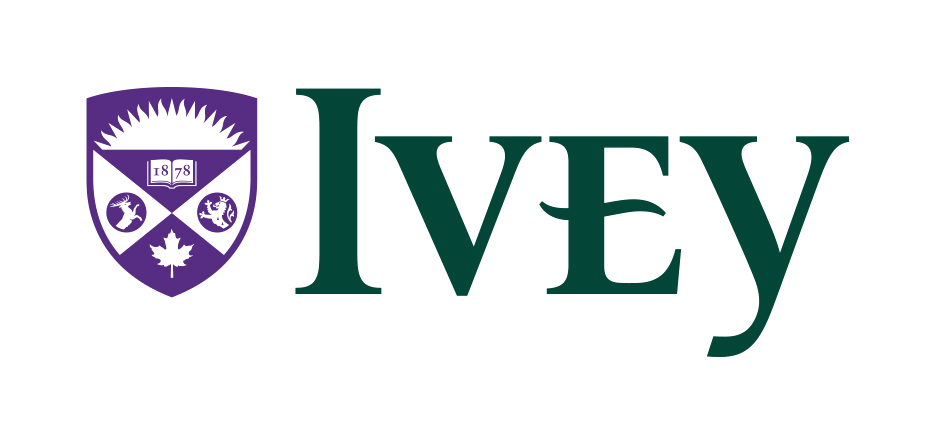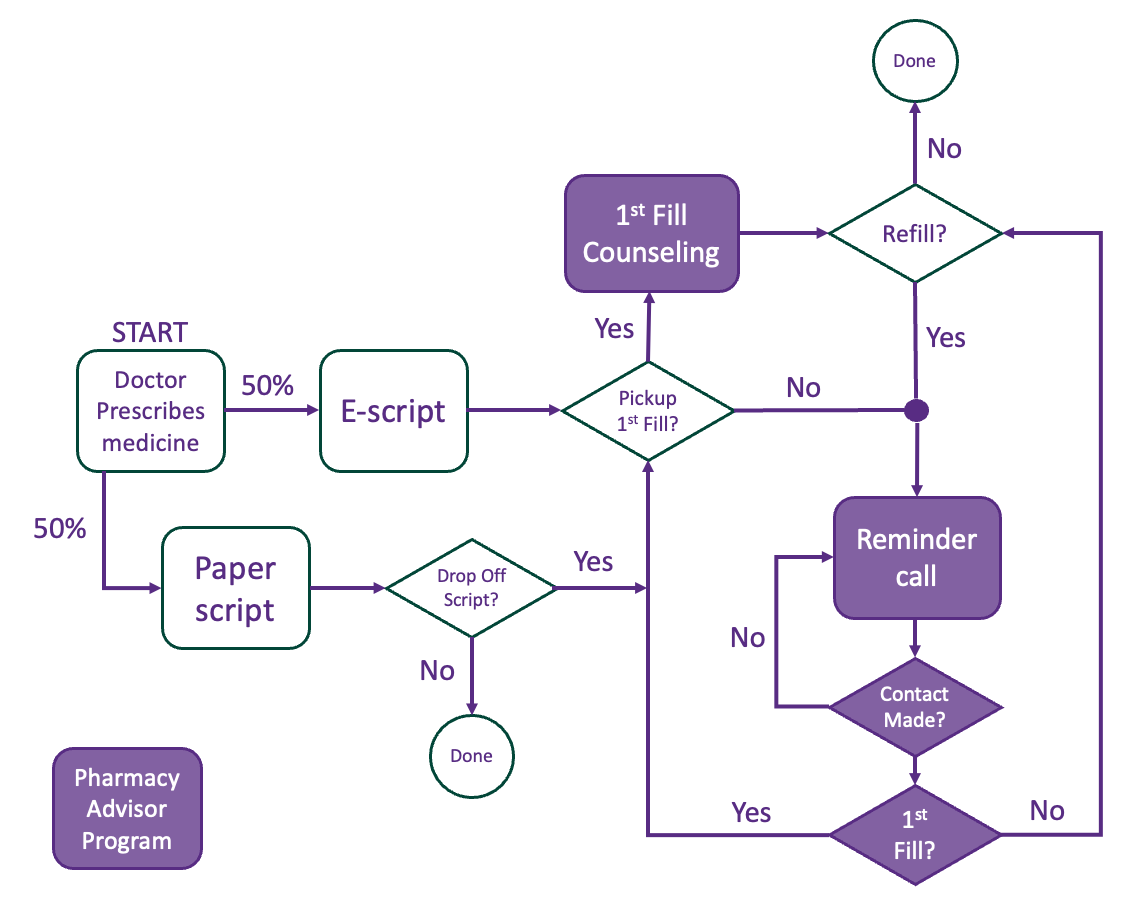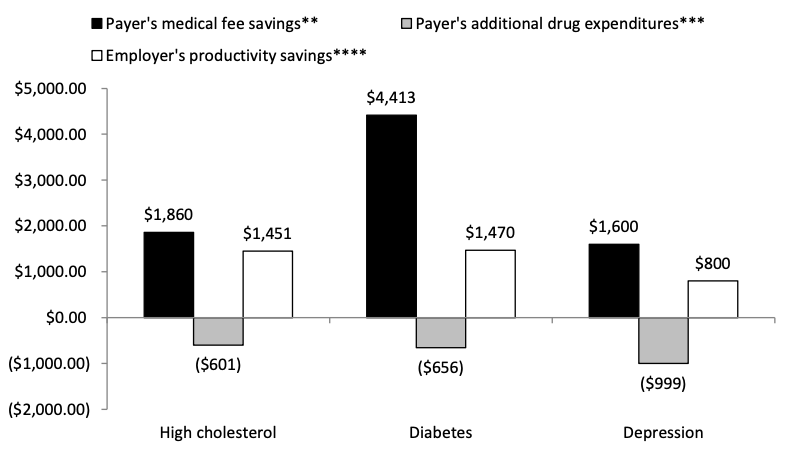9483
AiS
Session 8b


Joshua
Foster

Agenda
- Case: CVS Health: Promoting Drug Adherence.
- Externalities of Stakeholders.
- Internalities of Consumers.
Should CVS be excited about medication adherence?
What problem for CVS is the medication adherence initiative trying to solve?
Who here foresees the promise of CVS' Pharmacy Advisor Program?
In dollar terms, which ailments are most attractive for the Pharmacy Advisor Program?
Measuring the profit margin (per patient):
$$ \begin{split} \text{%}\Delta\text{ in Adherence}&\times\text{Profit Margin} \\ &\times\text{Drug Revenue}=\Delta\text{ Gross Profit} \end{split} $$
For cholsterol: $0.01\times 0.3\times \text{$\$$}601=\text{$\$$}1.80$
For diabetes: $0.014\times 0.3\times \text{$\$$}656=\text{$\$$}2.76$
For depression: $0.01\times 0.3\times \text{$\$$}999=\text{$\$$}3.00$
What is CVS' best approach to the Pharmacy Advisor Program?
What is the Program's annual marginal cost (per patient)?
Let's make sure we understand this Program...
How does the Pharmacy Advisor Program help new patients adhere to their new prescription regimen?

At what points are patients most susceptible to getting off track?
How should we address issues related to non-adherence?
More survey questions.
| About how many days per month do you exercise in a typical month? | About how many days per month do you think you should exercise in a typical month? |
| $\bar{X}=13$ | $\bar{X}=18$ "Ideally 20, but realistically 10-15." |
What behavioural reasons (i.e. mistakes) might cause us to under-exercise?
Behavioural economics gives us the Internality.
- The long-run consequences (good or bad) that are not fully considered when one makes a decision.
- One imposes an internality on themself, according to their own preferences.
How does the presence of an internality inform strategies surrounding prescription non-adherence?
Who are CVS' key external stakeholders for this Program?
Do they have an interest in making it successful? And if so, in what form?

| Payers | Employers | |
|---|---|---|
| Cholesterol | 1860-601=$\$$1259 | $\$$1451 |
| Diabetes | 4413-656=$\$$3757 | $\$$1470 |
| Depression | 1600-999=$\$$601 | $\$$800 |
| Payers | Employers | |
|---|---|---|
| Cholesterol | 0.01$\times$12.59=$\$$12.59 | 0.01$\times$1451=$\$$14.51 |
| Diabetes | 0.014$\times$3757=$\$$52.60 | 0.014$\times$1470=$\$$20.58 |
| Depression | 0.01$\times$601=$\$$6.01 | 0.01$\times$800=$\$$8.00 |
| Payers | Employers | CVS | Total | |
|---|---|---|---|---|
| Cholesterol | $\$$12.59 | $\$$14.51 | $\$$1.80 | $\$$28.90 |
| Diabetes | $\$$52.60 | $\$$20.58 | $\$$2.76 | $\$$75.94 |
| Depression | $\$$6.01 | $\$$8.00 | $\$$3.00 | $\$$17.01 |
CVS alone does not benefit from running this Program. However, when taking stakeholders into account, its aggregate benefits exceed the costs.
CVS produces an externality for Payers and Employers, and the Coase Theorem predicts this will cause a new market to form.
Coase Theorem
When there are clearly defined property rights and minimal frictions to trading, then the producers of externalities make new trades based on their benefits/costs and become efficient.
How should CVS explore partnerships with Payers and Employers?
How should Foulkes pitch this Program to her CEO?
What happened.
- Foulkes focused on diabetes as a starting point.
- She argued CVS can 'prime the pump' by getting stakeholders on board with a high value prescription.
- She sought additional methods of "co-producing value" via consumers, given the firm's (CVS) profit was intrinsically linked to consumer behaviour.
Some health-related markets suffer from:
- Externalities: forced economic outcomes on non-market participants (can be positive/negative).
- Internalities: forced economic outcomes on our (future) selves (biases usual make them negative).